Should I make a thread of historically black towns & cities that were thriving & minding their business before racism & white supremacy destroyed them via white women*, local gov’t/mob violence or complete economic divestment after a “white flight”?
now I’m no historian, nor am I google, but I’ve utilized a lot of resources to craft these dates & details the best I could. If you’ve got one I missed, please add it! Asterisks denote issues specifically instigated because of a white woman (important).
Seneca Village (NYC) 1825-1857
The town was founded in 1825 by freedmen, the first such community in NYC. At its peak, the community had 264 residents, three churches, a school, & two cemeteries. Mixed economically, they owned land & could vote.
The town was founded in 1825 by freedmen, the first such community in NYC. At its peak, the community had 264 residents, three churches, a school, & two cemeteries. Mixed economically, they owned land & could vote.
The city would eventually claim “imminent domain” & seize it. The town would’ve stood where Central Park is now located.
Sherman’s March To The Sea (Savannah, GA) 1864
Gen. Sherman is leading the Union soldiers thru their final leg of the civil war & decide to literally burn down everything in their path until they got to Savannah. Once their heads decided to fuck up Columbia, SC too.
Gen. Sherman is leading the Union soldiers thru their final leg of the civil war & decide to literally burn down everything in their path until they got to Savannah. Once their heads decided to fuck up Columbia, SC too.
All this was a power move, but what he didn’t expect was over 10k+ slaves wanting to join the march for safety from the conderacy. So when they finally reached Savannah, he delivered “Special Field Orders, No. 15” granting the formerly enslaved 400k acres of the confiscated land—
“to assure the harmony of action in the area of operations" basically thinking he’s enforcing the Emancipation Proc. The decree was literally “leave em alone, anybody whose not one of y’all—kick em out”. Pres. Johnson was like LOL & commanded all the land be overturned.
SC’s freedman’s bureau was like nah so the president had them forcibly removed. This is the alleged origin of “40 acres & a mule”. Those descendants now populate Savannah, the Gullah/Geechee Nation & aligning Sea Islands of GA & SC. They still celebrate the day in Savannah.
Forsyth County (GA) 1865-1912*
The northern county of Forsyth leans heavily white and conservative. Its demographics are shaped by a 1912 event when white people forced out all 1,098 black residents, who comprised about 10 percent of the county population at the time.
The northern county of Forsyth leans heavily white and conservative. Its demographics are shaped by a 1912 event when white people forced out all 1,098 black residents, who comprised about 10 percent of the county population at the time.
There was an 18 year old ww named Mae Crow who was killed & found bludgeoned under “mysterious circumstances”. They lynched multiple black boys for the murder even though the case is still unsolved.
After that, white vigilantes literally drove every black person out of the county, and enforced its borders as “whites-only” well into the 1980s effectively designating the entire county a sundown town. ‘Blood at the Root’ is an interesting look into these “cleansings’ the US.
Wilmington (NC) 1868-1898
They were free, wanted to vote, white people didn’t like that shit. Wilmington, then the largest city in the state, had a majority-black population of over 12k black people moving away from service jobs into business & politics.
They were free, wanted to vote, white people didn’t like that shit. Wilmington, then the largest city in the state, had a majority-black population of over 12k black people moving away from service jobs into business & politics.
Ton of white resentment at the time. As former slaves with no inherited wealth they really pushed for social & political power in the city. The collapse of freedman bank the community lost a ton of wealth. While being majority black, they only controlled about 8% of the property.
Suspicions grew that the black community was paying less taxes than whites & an after editorial in a Black newspaper, A white mob of 400-500 ppl marched into the newspaper office, smashed the press, & burned down the building & riots consumed the city & who survived were run out.
Rosewood (FL) 1900-1923*
Rosewood was a historical African-American community. It was a place during the late 1800s and early 1900s where African-Americans owned their own businesses, owned their own homes at rates much higher than locally, regionally or even across the country.
Rosewood was a historical African-American community. It was a place during the late 1800s and early 1900s where African-Americans owned their own businesses, owned their own homes at rates much higher than locally, regionally or even across the country.
Rosewood, which in 1923 was a thriving African-American community until a lynching of a rosewood resident sparked by the claim a neighboring white Roman was raped which led to a week long massacre of at least eight people, and the town was burned and destroyed.
FL legislature passed a law in 1994 that the descendants of Rosewood could go to state college in FL tuition-free. There is only one home remaining home from this time period & it is for sale.
Brooklyn-Charlotte (NC) 1900-1968
Bustling city for black wealth & prosperity from hotels to theatres & other black owned businesses were former residents said they “felt safe”.
Bustling city for black wealth & prosperity from hotels to theatres & other black owned businesses were former residents said they “felt safe”.
“The Ballantyne for African-American’s” was razed in Charlotte’s first wave of “economic renewal” that promised “improvements” but displaced thousands & toppled over 1480 buildings; hundreds of millions in black wealth lost. The area is now called Second Ward.
Five Points (DEN) 1885-1950
“Harlem of the West” developed as a predominantly black neighborhood because discriminatory home sale laws in other areas. A rich mix of businesses, It got its nickname from the over 50 clubs that hosted Billie Holiday, Duke Ellington, Nat King Cole
“Harlem of the West” developed as a predominantly black neighborhood because discriminatory home sale laws in other areas. A rich mix of businesses, It got its nickname from the over 50 clubs that hosted Billie Holiday, Duke Ellington, Nat King Cole
& every other notable Black musician in jazz, blues & more. After the 1950s the neighborhood saw a “white flight” that left the oasis divested with population decline as the city moved resources after the post war suburban boom.
Greenwood (Tulsa) 1905-1921*
O.W. Gurley, a wealthy black landowner, purchased 40 acres of land in Tulsa, naming it Greenwood after the town in Mississippi. Thriving 35 square block neighborhood in Tulsa aptly named the ‘Black Wall Street’.
O.W. Gurley, a wealthy black landowner, purchased 40 acres of land in Tulsa, naming it Greenwood after the town in Mississippi. Thriving 35 square block neighborhood in Tulsa aptly named the ‘Black Wall Street’.
Tens of millions in Black property & wealth up in flames after hundreds in mobs razed & dropped bombs leaving 9k out of the 11k homeless. Greenwood District was it’s own self-contained hub complete w/ luxury shops, restaurants, movie theaters, a library, pool halls & nightclubs.
Gurley started a boarding school for black kids, built the largest black-owned hotel in the country at the time & more. African Americans founded more than 50 similar townships in Oklahoma post Civil War.
Sweet Auburn (ATL) 1920-1970
2 miles of street blocks would become the commercial and spiritual center of African Americans prior to the civil rights movement in ATL. Considered the ‘Black Business District’ after the 1906 race riot pushed Black middle-upper class from downtown.
2 miles of street blocks would become the commercial and spiritual center of African Americans prior to the civil rights movement in ATL. Considered the ‘Black Business District’ after the 1906 race riot pushed Black middle-upper class from downtown.
Sweet Auburn Avenue hosted the highest concentration of black-owned businesses, entertainment venues & churches in the south. Bustling retail trade & business owners would name it “The Richest Negro Street in the World” in Forbes 1956.
Alonzo Herndon, a former slave became Atlanta’s first Black millionaire had the largest barber shop in the world & founded his own life insurance company. Venues like the Peacock Lounge hosted Gladys Knight, BB King, Aretha Franklin & more.
The end of segregation coupled with atl’s first wave of ‘white flight’ from the 60s-70s crippled the neighborhood with divestment for infrastructure & the construction of a new highway split it in two sealing it’s fate.
Anniston (AL) 1920-1979
Until 71, Anniston was a company town, first Swann Chemical, then Mansanto. The city thrived with the support of the companies & eventually became it’s top employer. The majority black city however became poisoned by their own jobs.
Until 71, Anniston was a company town, first Swann Chemical, then Mansanto. The city thrived with the support of the companies & eventually became it’s top employer. The majority black city however became poisoned by their own jobs.
The plants began to dump 250lbs of PCB a literal brain eroding compound into Snow Creek in the heart of the black neighborhood. This chemical warfare created literal “dead zones” where vegetation couldn’t grow, creeks that ran red & families stuck w/ homes they couldn’t sell.
Jackson Ward (VA) 1871-1950s
Jackson Ward was one of the most significant black neighborhoods in the United States. By 1900, JW was thriving w/ a self-sufficient economy with barbers, benevolent orgs, food & entertainment
Jackson Ward was one of the most significant black neighborhoods in the United States. By 1900, JW was thriving w/ a self-sufficient economy with barbers, benevolent orgs, food & entertainment
& the first woman to charter & serve as president of an American bank Maggie L. Walker. JW would get the nickname “The Harlem of the South” as many entertainers flocked to see Ella Fitzgerald, Duke Ellington, Cab Calloway & more at the Hippodrome.
Jackson Ward’s decline came from the gov’t siezing land for housing developments & an interstate that displaced many homeowners & businesses. “Urban renewal” during desegregation eventually would raze small community businesses in favor of large dept stores.
Durham (NC) 1906-1970
The 4-block district on Parrish St was once a Mecca for Black business owners & the original “Black Wall St”. In 1906, the North Carolina Mutual Life Insurance Company, the nation’s largest black-owned insurance company, moved its headquarters to Parrish St
The 4-block district on Parrish St was once a Mecca for Black business owners & the original “Black Wall St”. In 1906, the North Carolina Mutual Life Insurance Company, the nation’s largest black-owned insurance company, moved its headquarters to Parrish St
While white mob violence squashed black entrepreneurship in Southern cities like Wilmington, North Carolina & Tulsa, Oklahoma, Black business continued to flourish in Durham in the first half of the 20th century, creating a vibrant African American middle class.
Durham would become the most vital & nationally known iteration of the nickname. But yet again, another Black thriving community razed by “Urban development” & “reformation”. The paving of the freeway destroyed, separated & displaced the thriving Hayti neighborhood.
Clayton (STL) 1877-1950
Clayton was one of the most commercially affluent suburbs of St. Louis filled with Black people dating back to it’s beginnings. So affluent, after it’s founding in the 1800s black and white kids were already schooling together but remained a secret.
Clayton was one of the most commercially affluent suburbs of St. Louis filled with Black people dating back to it’s beginnings. So affluent, after it’s founding in the 1800s black and white kids were already schooling together but remained a secret.
Still, even with property owning black people it didn’t matter when (dun dun dun) “urban renewal” came & created racist zoning policies, property laws & eventually imminent domain pushed out the community in favor of larger developments over 5-10 years & was largely forgotten.
Please watch ‘Displaced & Erased’ a mini doc from the oldest high school that held on to a bit of Clayton’s real history. https://vimeo.com/213255255 ">https://vimeo.com/213255255...
Ocoee (FL) 1850-1920
Named for the Cherokee word uwagahi meaning “apricot vine place” former slaves started work in building Ocoee during the reconstruction era. Newly freedmen harvested citrus to sell & began the production of the Florida Midland Railroad.
Named for the Cherokee word uwagahi meaning “apricot vine place” former slaves started work in building Ocoee during the reconstruction era. Newly freedmen harvested citrus to sell & began the production of the Florida Midland Railroad.
Living relatively in harmony with the working class whites that settled the town and the new settlers coming in for the railroad saw peace—until 19 fucking 20. The attack started after efforts to suppress the black vote.
The black population had been disenfranchised throughout the reconstruction era due to not having any inherent wealth or land (a voting suppression tactic across the nation at this time) and on the presidential Election Day this all came tumbling down.
Mose Norman, a prosperous farmer in the city tried to vote and was turned away twice angrily he took refuge at a friend’s house and no longer than a few hours later an angry white mob showed up to the house. Perry turned away the mob with a shotgun killing two men & wounding more
Callin in back up from Orlando & Orange County hundreds of white people laid WASTE to Ocoee eventually killing Norman & his friend who they strung up on a light post to intimidate the rest of the community who would later flee for safety.
Memphis (TN) 1860-1866
Runaway slaves found protection in Memphis behind Union lines and literally the population grew in 5 years from 3k to almost 20k in 1865 (the total population in Memphis was 22k in 1860). The rapid change obviously added to growing civil war tensions.
Runaway slaves found protection in Memphis behind Union lines and literally the population grew in 5 years from 3k to almost 20k in 1865 (the total population in Memphis was 22k in 1860). The rapid change obviously added to growing civil war tensions.
After a POLICE shooting altercation in 1986 between black veterans of the FRESH ass civil war, mobs of white policemen & police rampaged through FRESHLY established black neighborhoods with schools, businesses & churches literally tearing them to shreds, raping & looting.
The Black lives lost outweighed their white counterparts & the 3-day crusade cost the city up to $100k in property damage mostly from the new freedmen. It’s estimated over 5k Black people fled the city. It got SO much press that they passed the 14th amendment.
Beacon Hill - (BOS) 1795-1922
About 300 years ago, the northern slope of Beacon Hill became home to Boston’s first free African American community. Settled before the area became “affluent”, Many black people in the neighborhood attended church with the whites—while segregated
About 300 years ago, the northern slope of Beacon Hill became home to Boston’s first free African American community. Settled before the area became “affluent”, Many black people in the neighborhood attended church with the whites—while segregated
In 1806 the African Meeting House was built and by 1840, five black churches. The house was a lightning rod for abolitionists like Frederick Douglass & was an integral part of the Underground Railroad. But after the civil war a lot of these bldgs were delapidated.
White immigrants began moving into Beacon Hill and razing buildings to create new ones, boarding homes were constructed to support the influx. Developers decided these buildings were not “compatible” with the surroundings & moved most of the black population out.
Russell City (CA) 1853-1960
Established in 1853 as a gold rush town, RC quickly grew in ethnic diversity & prosperity however a post WW2 newspaper would claim the city to be a “slum” & “squaled mess” but residents experienced none of that—initially.
Established in 1853 as a gold rush town, RC quickly grew in ethnic diversity & prosperity however a post WW2 newspaper would claim the city to be a “slum” & “squaled mess” but residents experienced none of that—initially.
RC’s true image was of diversity & resilience, with musical roots, growing into a huge blues city (festival celebrated yearly since 95). Due to discriminatory housing practices black & brown people found refuge in RC in search of better jobs. Between 1940-60 the black population
In California grew from 124k to 883k. And while the state boomed, the town received little to no funding. Residents even pooled money to buy a used fire truck to drive their own elderly & sick to the only hospital that served black people. Shit hit the fan in ‘53 when the
Neighboring city of Hayward wanted to turn RC into an industrial business park so they participated in illegal zoning practices, “given incentives” to start faulty electrical fires & arson across the city. What they didn’t burn, they bought to move the residents out.
honestly if you’ve made it this far, I applaud you, breathe, I ain’t done yet. Sorry for all the typos. Here’s some books to read to start your journey on why the system is flawed at the root. Tons of online resources are available to you if you’d like to go in-depth.  https://abs.twimg.com/emoji/v2/... draggable="false" alt="✨" title="Funken" aria-label="Emoji: Funken">
https://abs.twimg.com/emoji/v2/... draggable="false" alt="✨" title="Funken" aria-label="Emoji: Funken">
Soul City (NC) 1969
I waited on this one because it’s that tricycle big joker because it’s honestly that depressing. Civil Rights leader Floyd McKissick, the year after MLK Jr’s assassination set out to create & develop a black UTOPIA called Soul City.
I waited on this one because it’s that tricycle big joker because it’s honestly that depressing. Civil Rights leader Floyd McKissick, the year after MLK Jr’s assassination set out to create & develop a black UTOPIA called Soul City.
Director of the Congress of Racial Equality at the time under Pres. Johnson, Floyd proposed the 5,000 acre (initially 40) town be built on a FORMER PLANTATION (whew) with assistance from the Urban Growth & New Community Development dept. Johnson green lit it & they got it poppin.
The city was literally designed for disenfranchised Black people & the subjugated in the settling dust of the Civil Rights movement to escape regular oppression. They planned it to contain three villages housing 18,000 people by 1989 & 24,000 jobs + 44,000 inhabitants by 2004.
Soul City was the first new town to be organized by African-American businesses. Warren thought capitalism could counter entrenched racism that fueled urban neglect (from “renewal”) in the once self-contained & bustling conditions of black neighborhoods.
Less than a week after McKissick made the announcement, Nixon became President. The subsequent “War on Drugs” & “Southern Strategy” would largely inform people’s correct view that he was racist, but for political purposes he too supported McKissick’s vision so SC broke ground.
After receiving $14m from HUD, the city had only pulled in a minute materialization of it’s initial ambitions. McKissick was scrambling. A few bad deals & mismanaged media coverage, by 79 the county called it a waste of time, only a few businesses & 150 residents lived in town.
McKissick, now a whole Nixon supporting republican before Soul City could even try to recover, staunch right NC Sen. Helms basically targeted the city his entire first term as a waste of gov’t spending & The U.S. economy tanked in the 1970s amid the oil and energy crisis.
To add additional insult to injury, McKissick was now being investigated for $ fraud associated with SC & while he was cleared, the city lost all outside investors & HUD would eventually pull its support & the entire city was auctioned off for $1.5m. The land now houses a PRISON.
Aight so I’m done, that story has always fucked me up. I love us for real, I’m gonna make a drink. #BlackLivesMatter  https://abs.twimg.com/hashflags... draggable="false" alt=""> #JusticeforBreonnaTaylor
https://abs.twimg.com/hashflags... draggable="false" alt=""> #JusticeforBreonnaTaylor  https://abs.twimg.com/emoji/v2/... draggable="false" alt="✊🏾" title="Erhobene Faust (durchschnittlich dunkler Hautton)" aria-label="Emoji: Erhobene Faust (durchschnittlich dunkler Hautton)">
https://abs.twimg.com/emoji/v2/... draggable="false" alt="✊🏾" title="Erhobene Faust (durchschnittlich dunkler Hautton)" aria-label="Emoji: Erhobene Faust (durchschnittlich dunkler Hautton)"> https://abs.twimg.com/emoji/v2/... draggable="false" alt="🖤" title="Schwarzes Herz" aria-label="Emoji: Schwarzes Herz"> action items you can take to bring her murderers to justice: https://msha.ke/30flirtyfilm/ ">https://msha.ke/30flirtyf...
https://abs.twimg.com/emoji/v2/... draggable="false" alt="🖤" title="Schwarzes Herz" aria-label="Emoji: Schwarzes Herz"> action items you can take to bring her murderers to justice: https://msha.ke/30flirtyfilm/ ">https://msha.ke/30flirtyf...
https://twitter.com/theerkj/status/1269426427562254336?s=21">https://twitter.com/theerkj/s... https://twitter.com/theerkj/status/1269426427562254336">https://twitter.com/theerkj/s...
https://youtu.be/Wf4cea5oObY ">https://youtu.be/Wf4cea5oO...

 Read on Twitter
Read on Twitter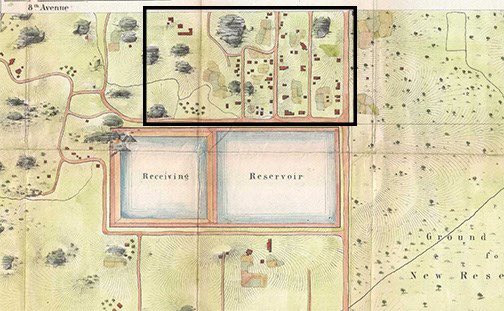
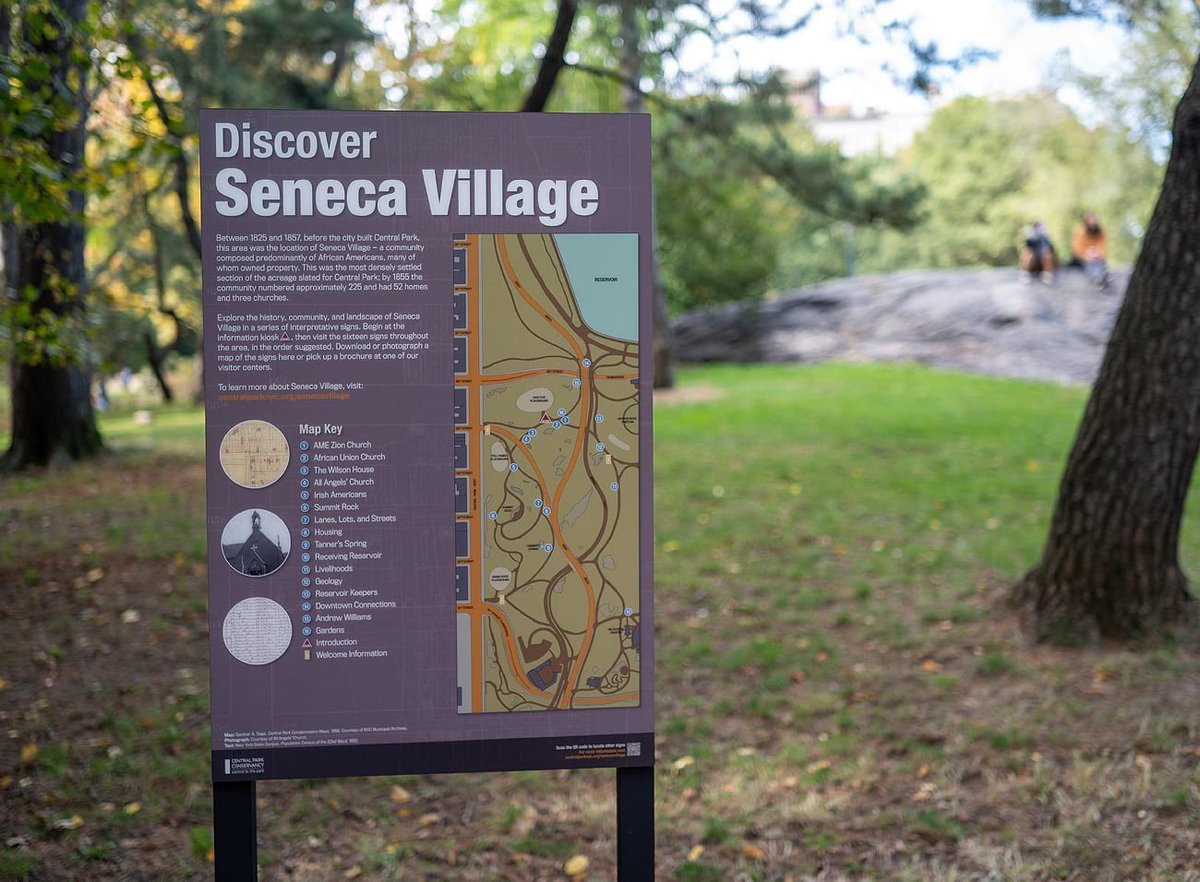
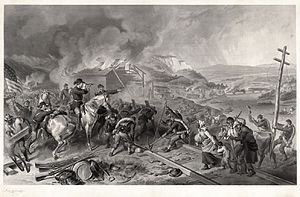
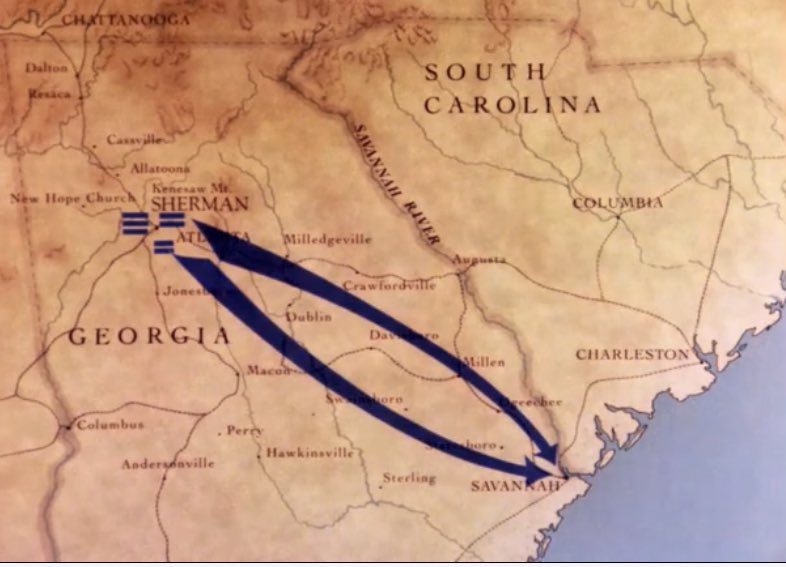
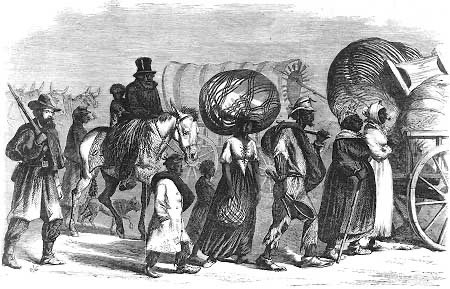
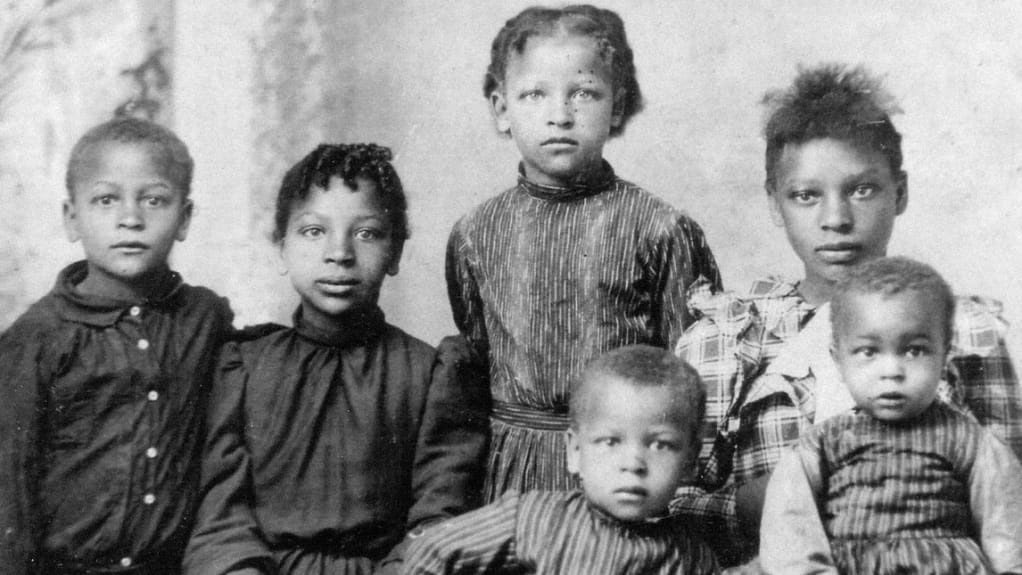

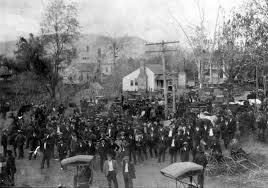

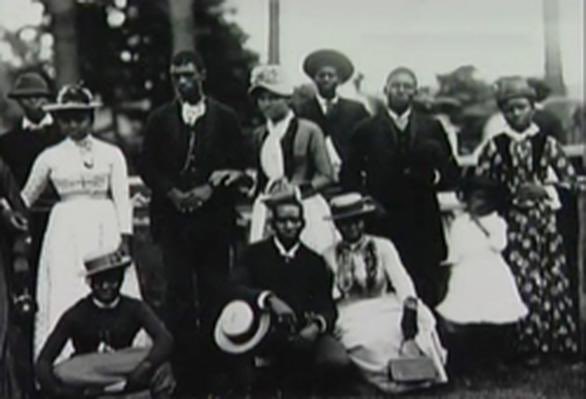

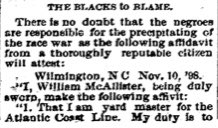



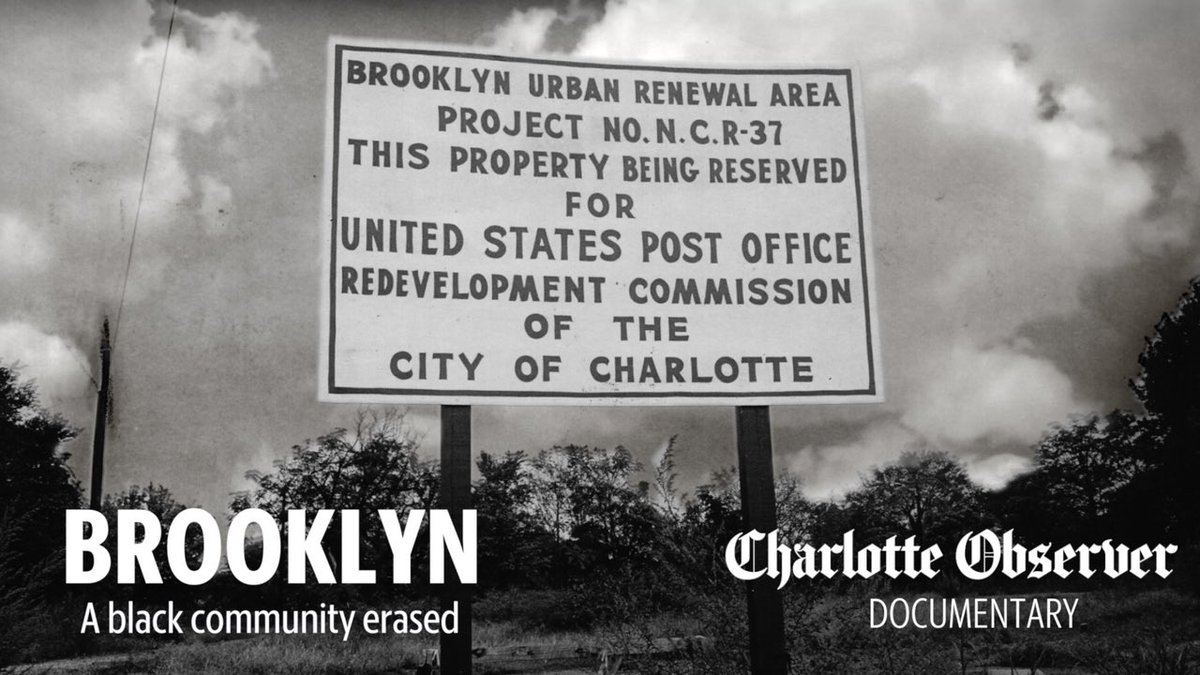
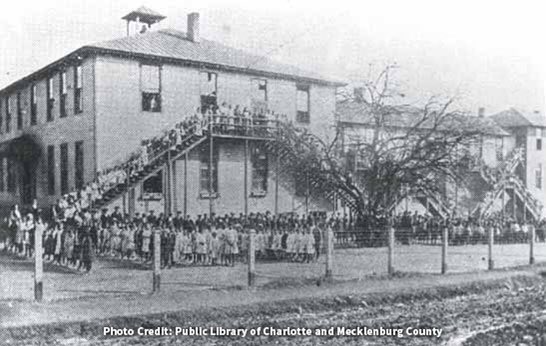
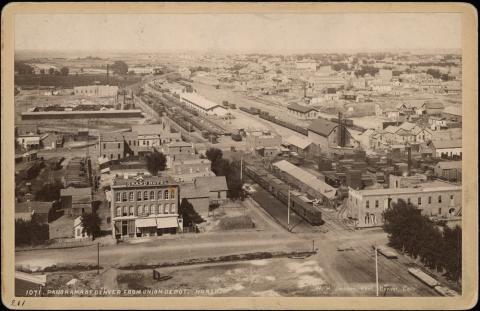
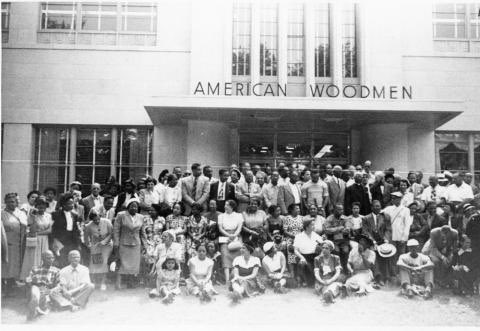
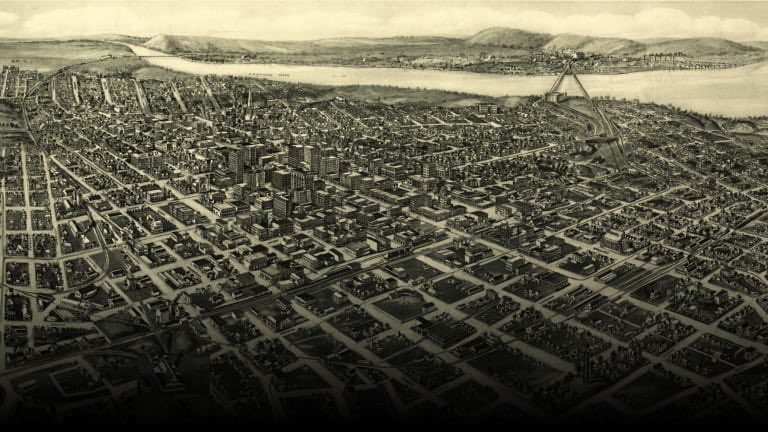

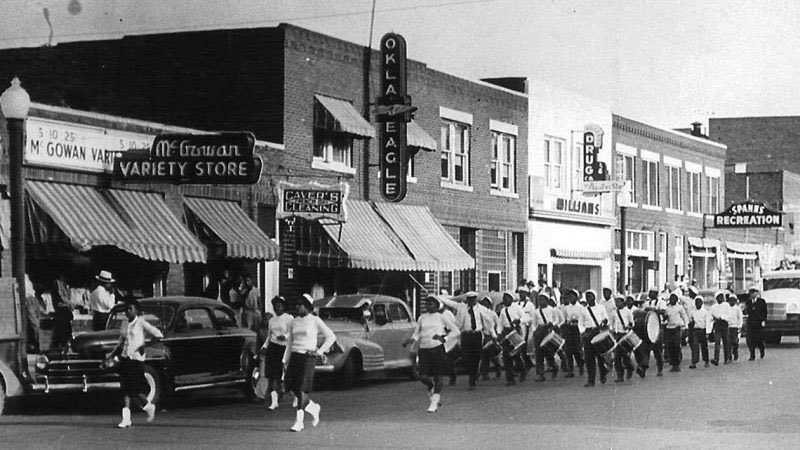

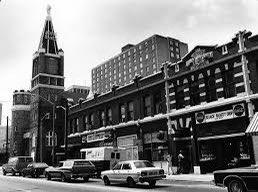

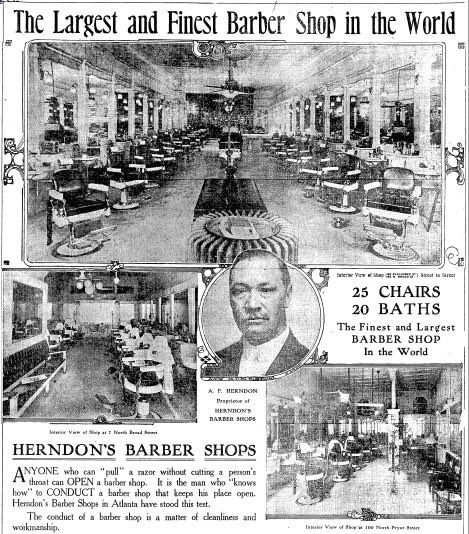

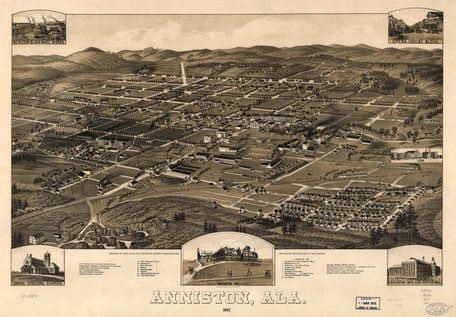
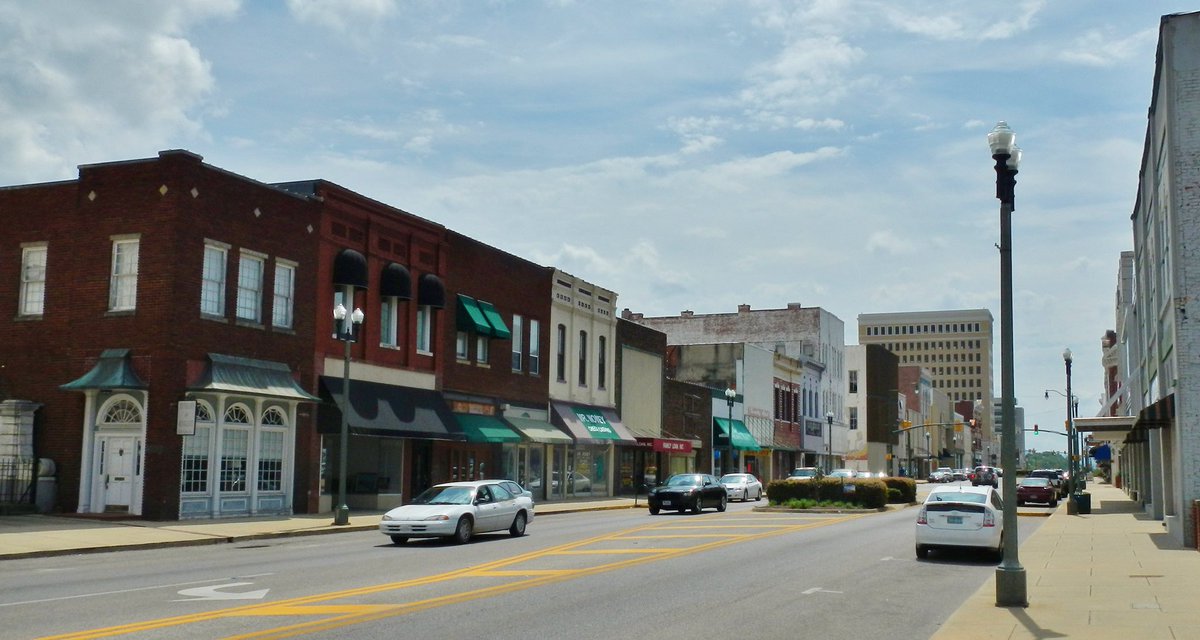


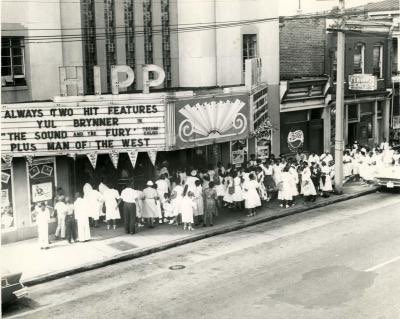
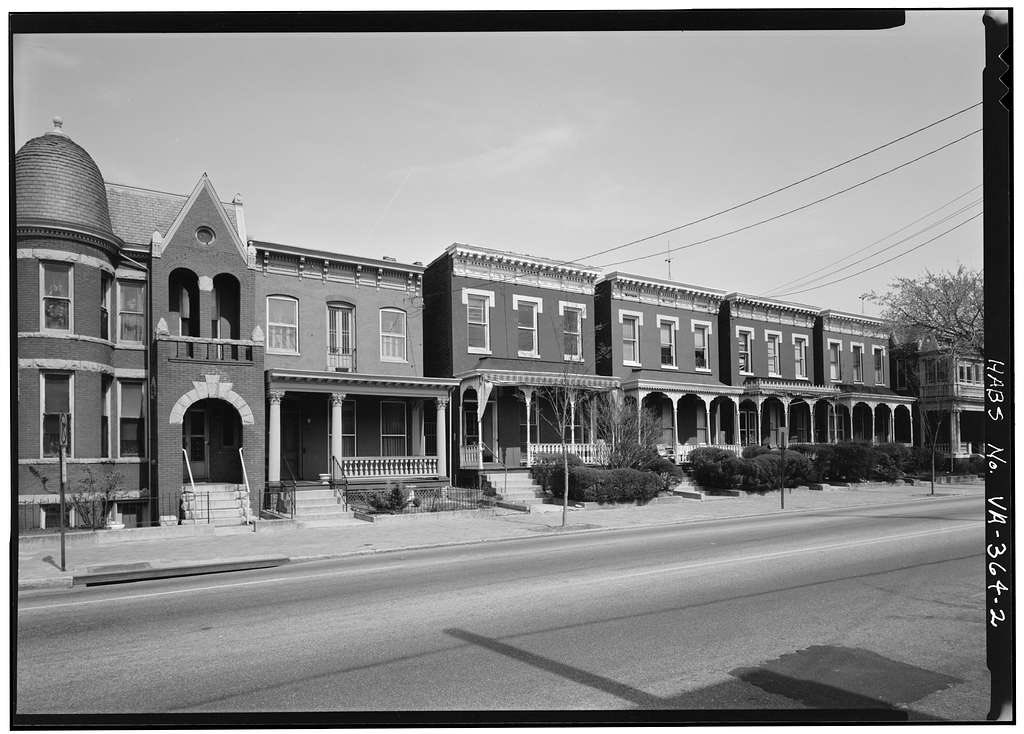
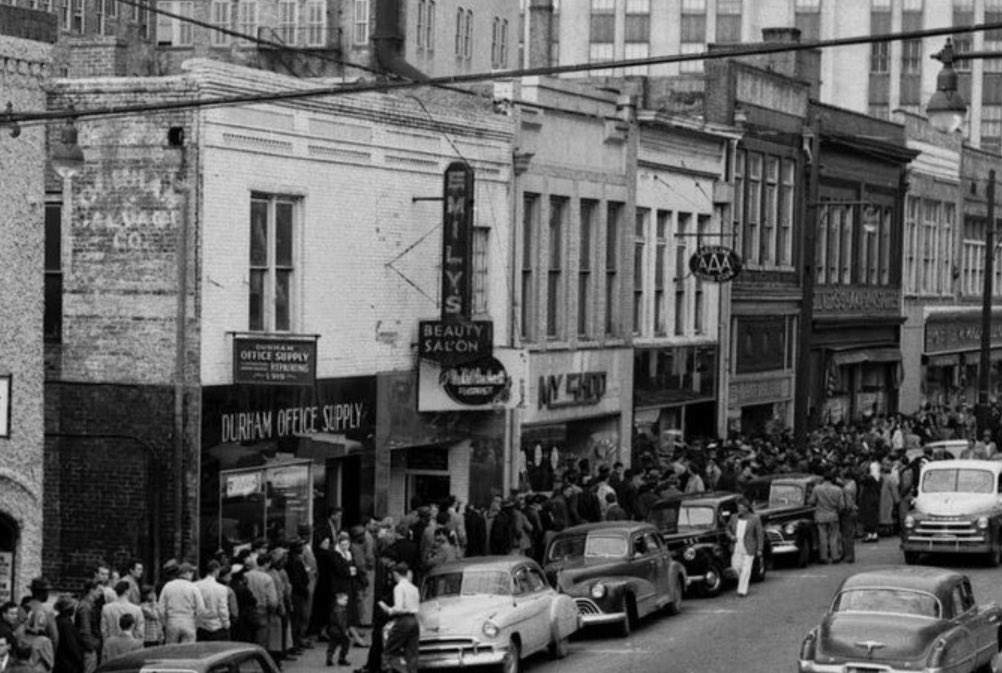
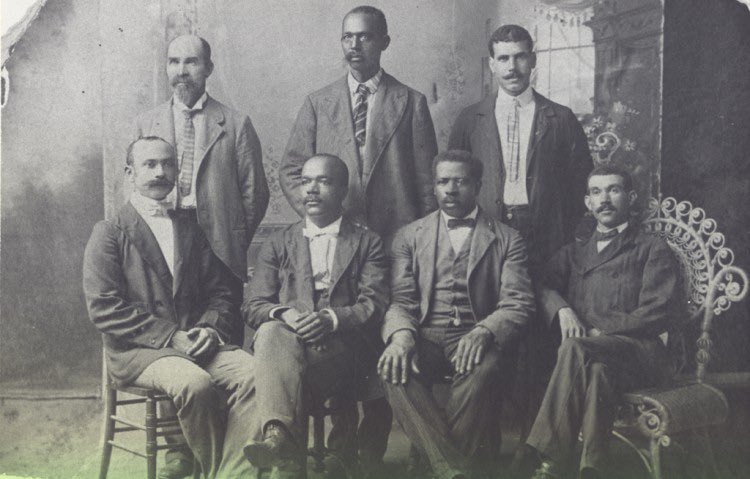
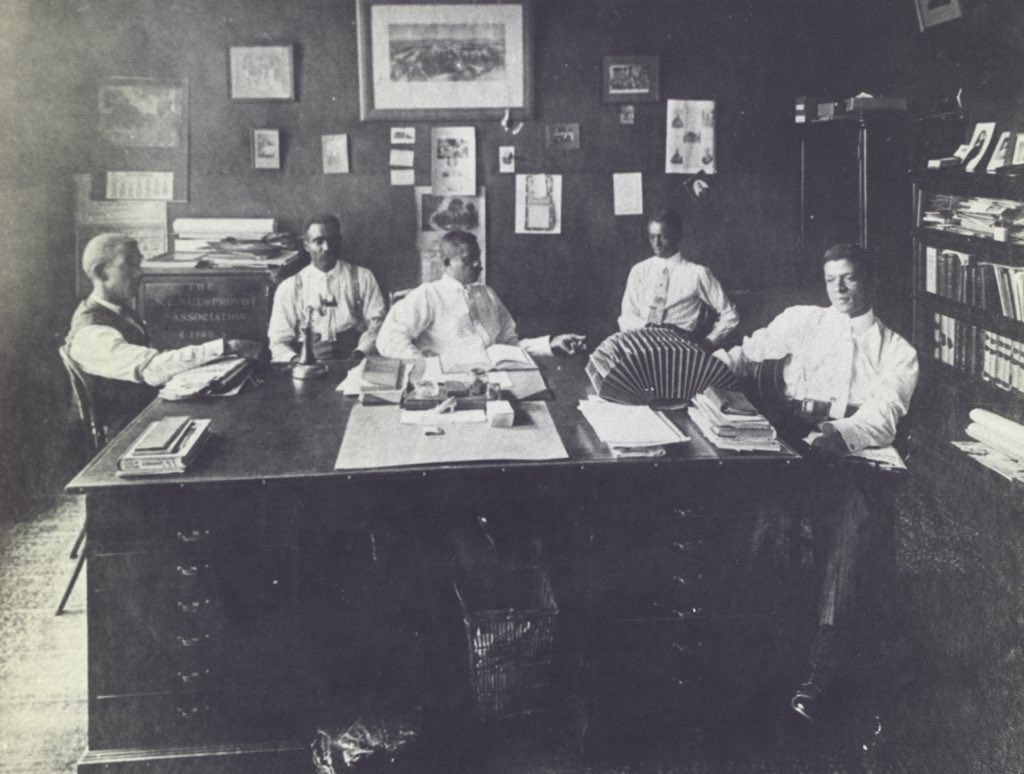

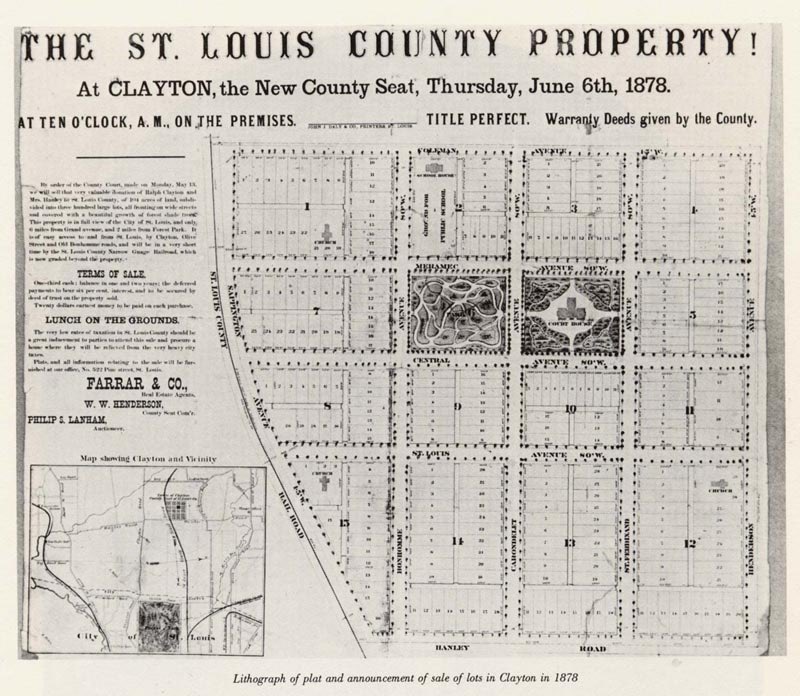
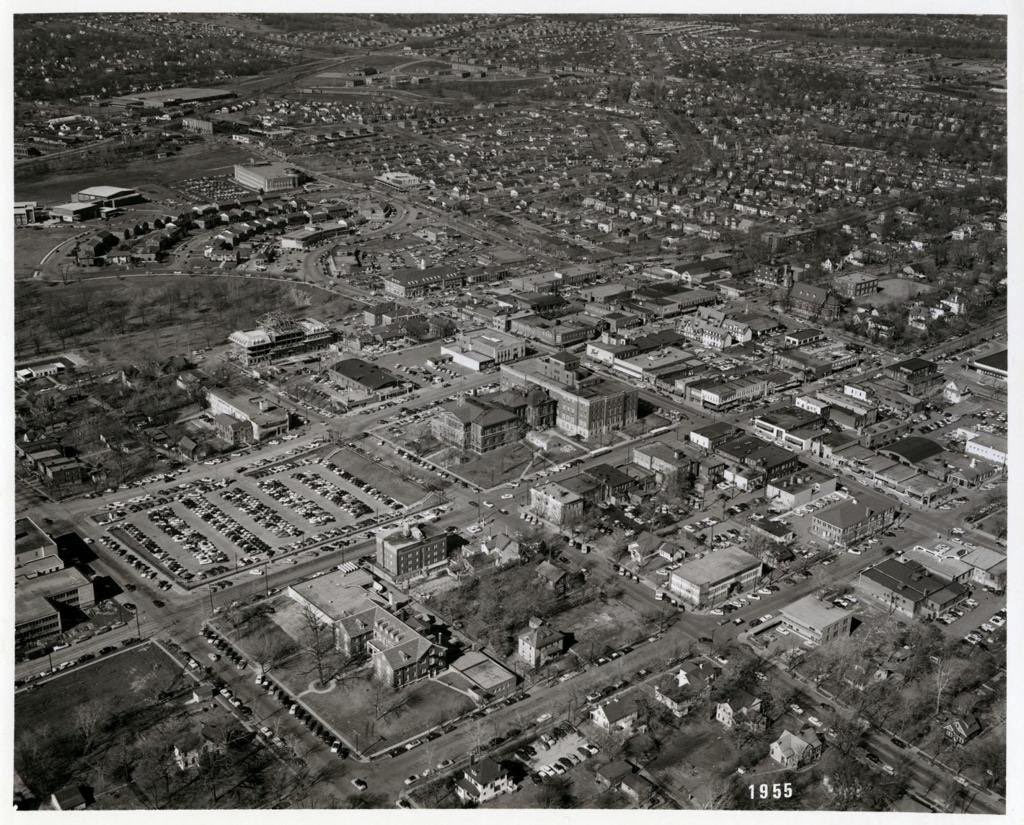


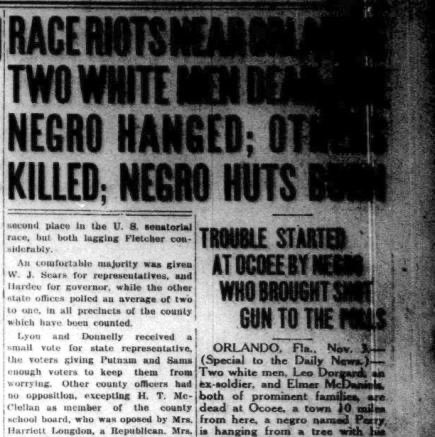

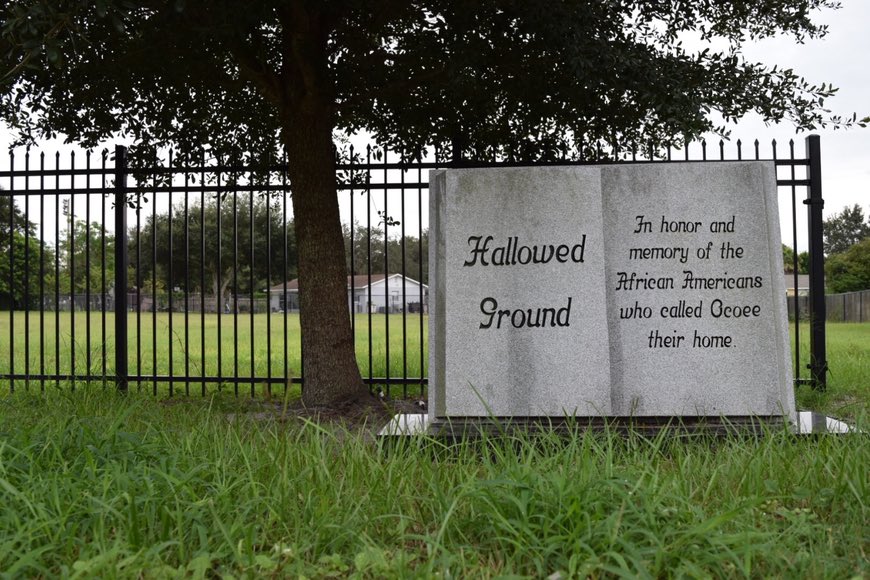
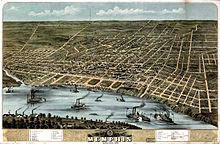

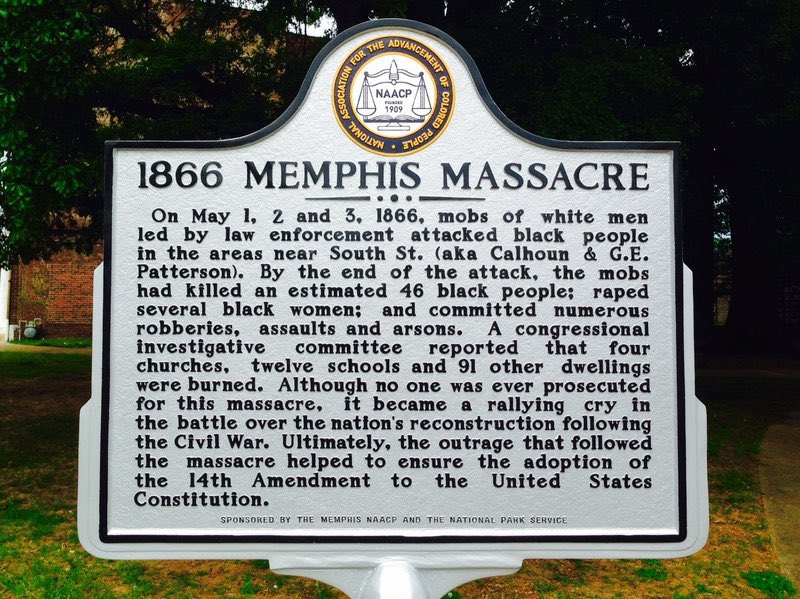
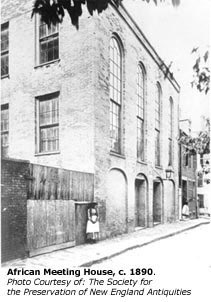
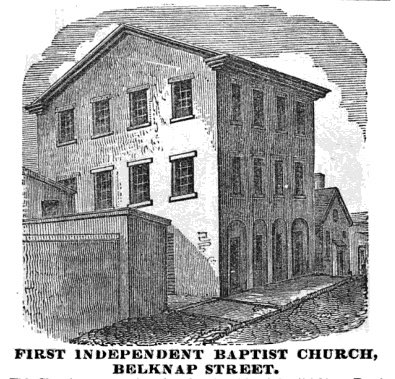

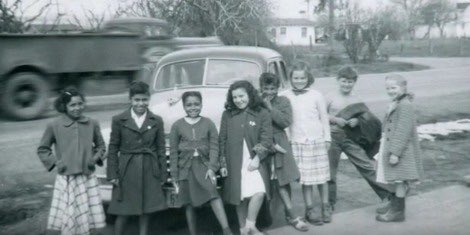
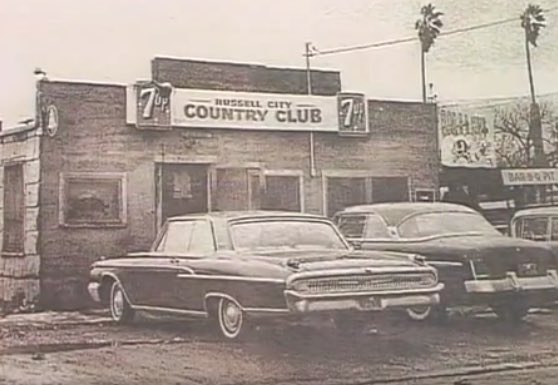
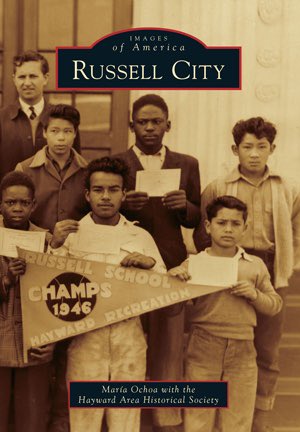
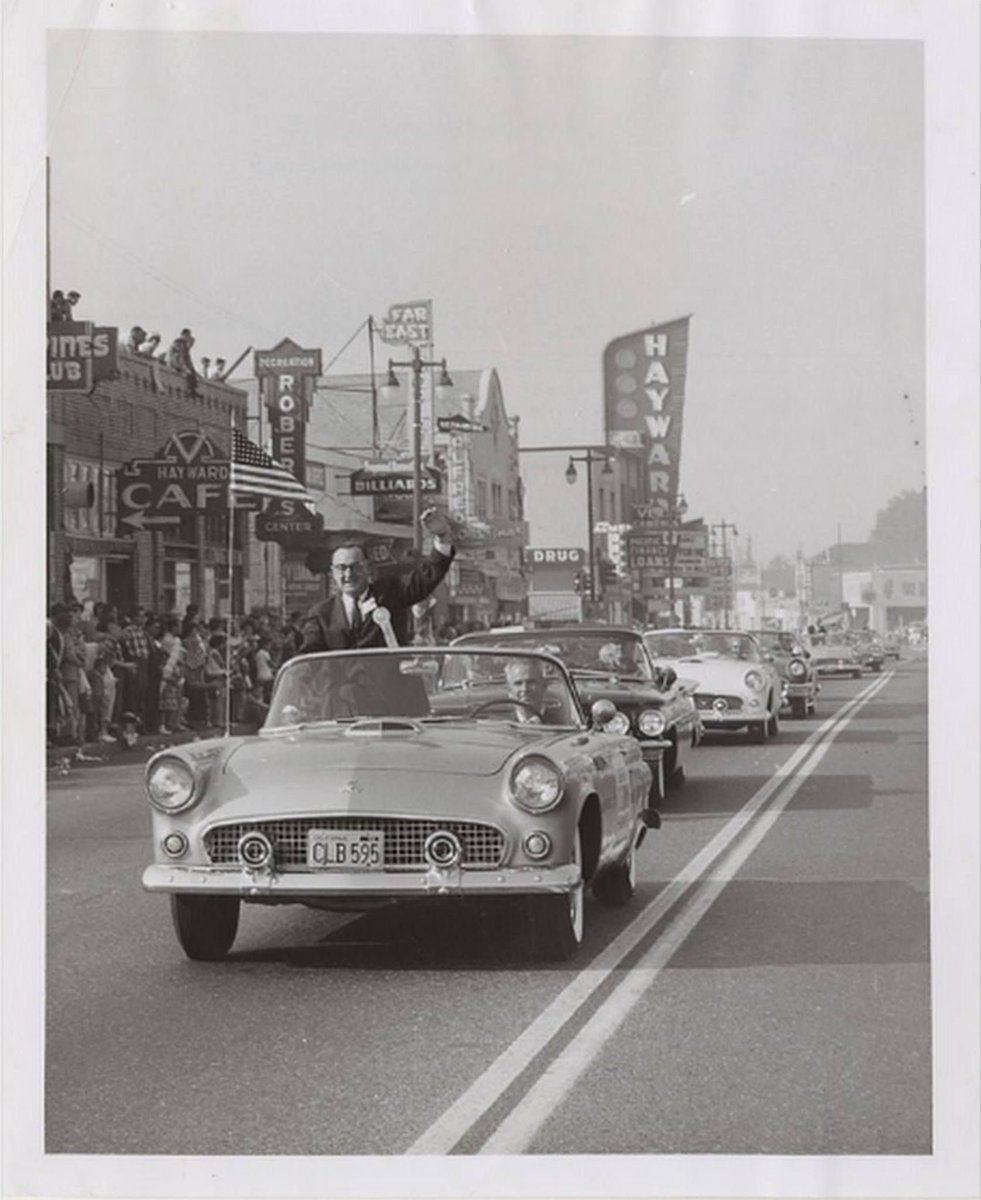
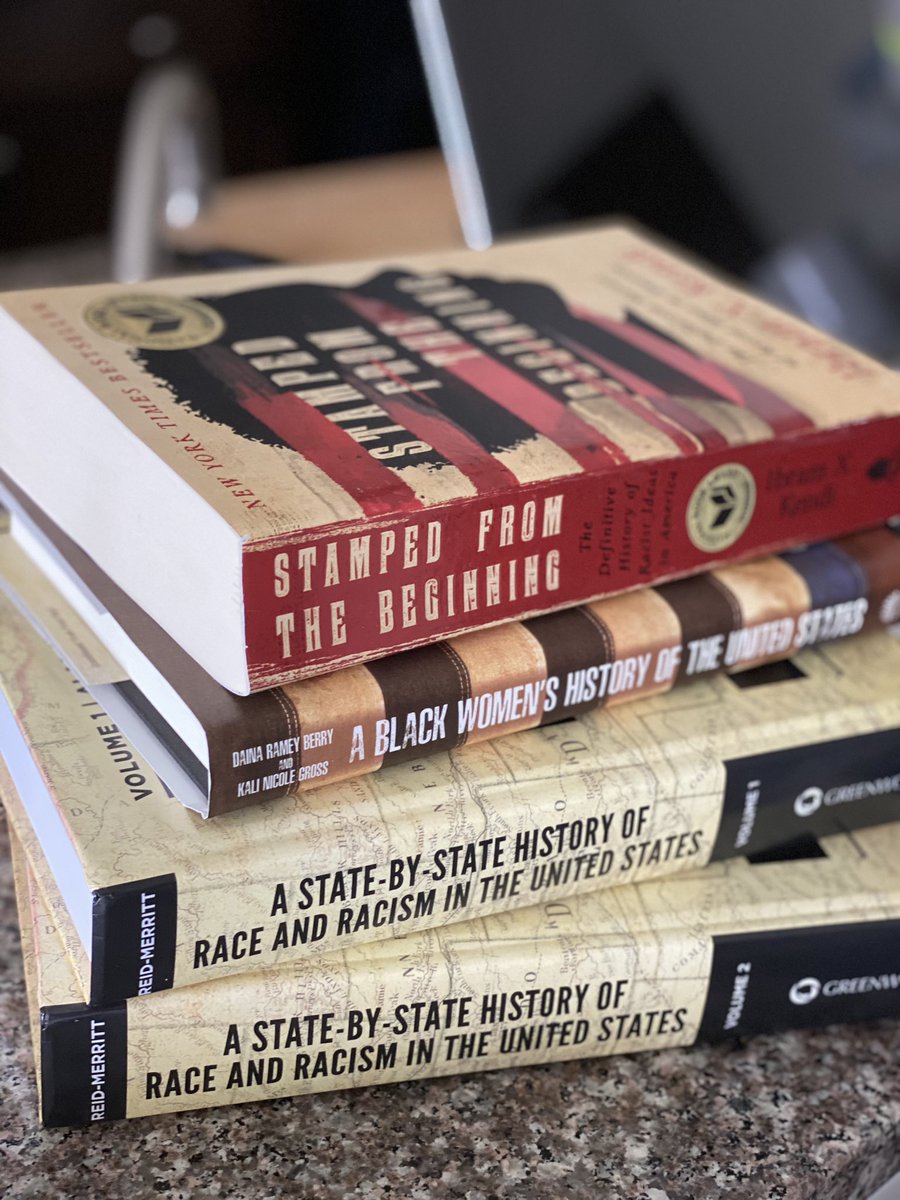 " title="honestly if you’ve made it this far, I applaud you, breathe, I ain’t done yet. Sorry for all the typos. Here’s some books to read to start your journey on why the system is flawed at the root. Tons of online resources are available to you if you’d like to go in-depth. https://abs.twimg.com/emoji/v2/... draggable="false" alt="✨" title="Funken" aria-label="Emoji: Funken">" class="img-responsive" style="max-width:100%;"/>
" title="honestly if you’ve made it this far, I applaud you, breathe, I ain’t done yet. Sorry for all the typos. Here’s some books to read to start your journey on why the system is flawed at the root. Tons of online resources are available to you if you’d like to go in-depth. https://abs.twimg.com/emoji/v2/... draggable="false" alt="✨" title="Funken" aria-label="Emoji: Funken">" class="img-responsive" style="max-width:100%;"/>

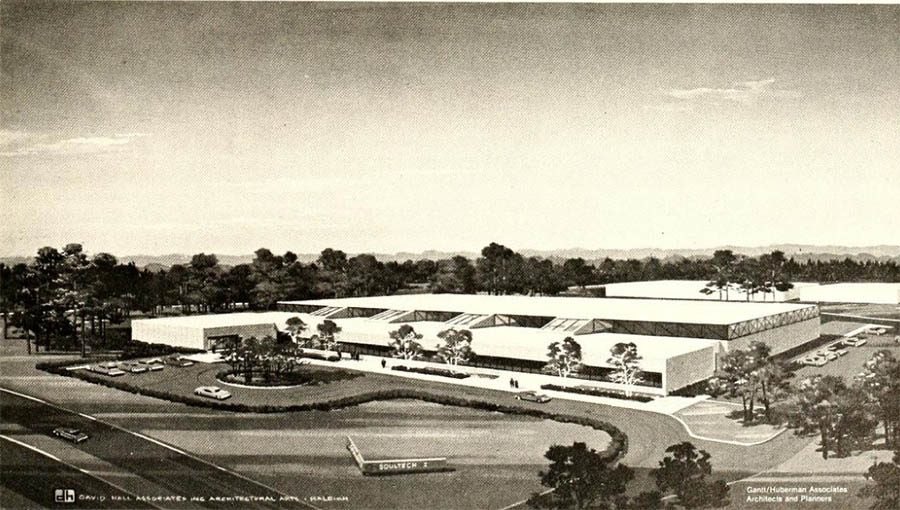
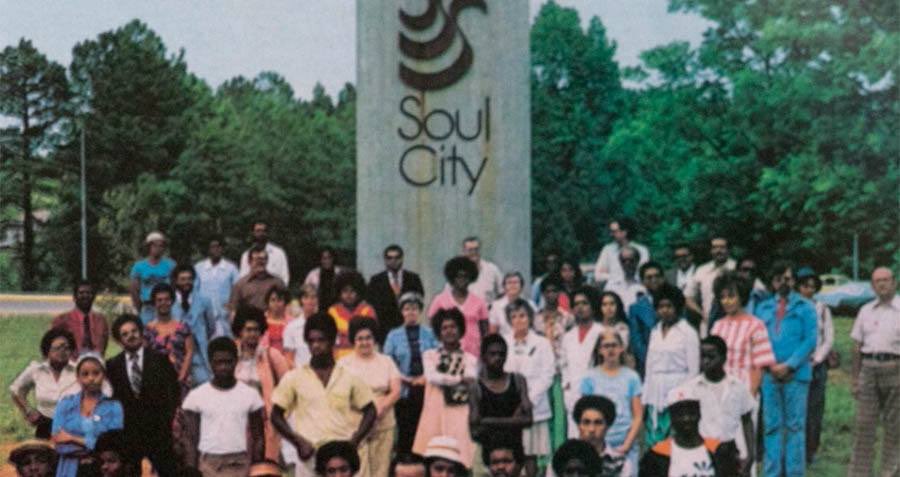
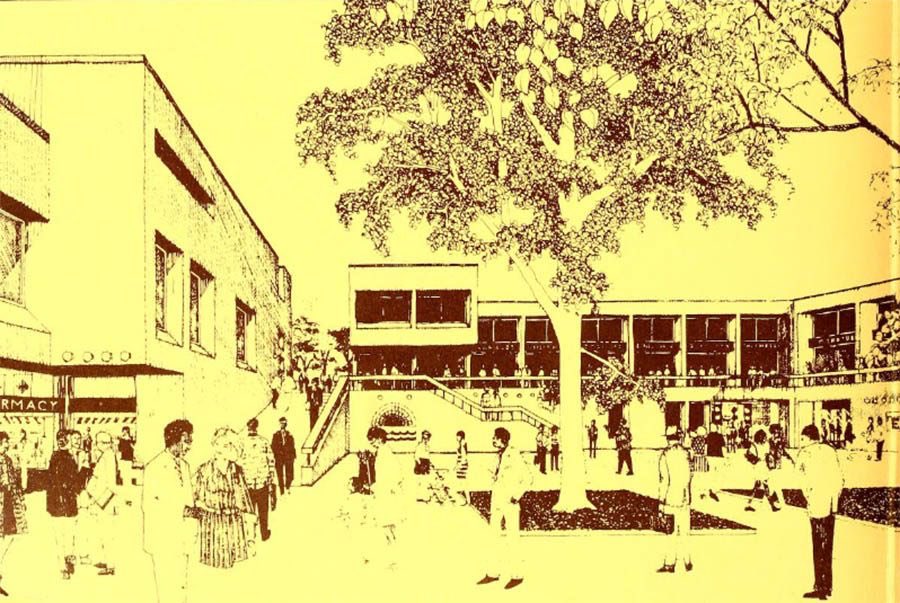

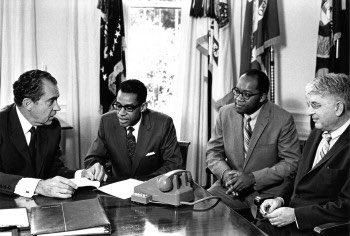

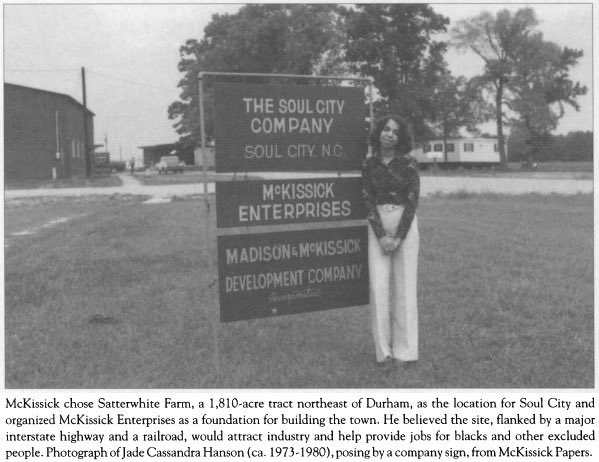
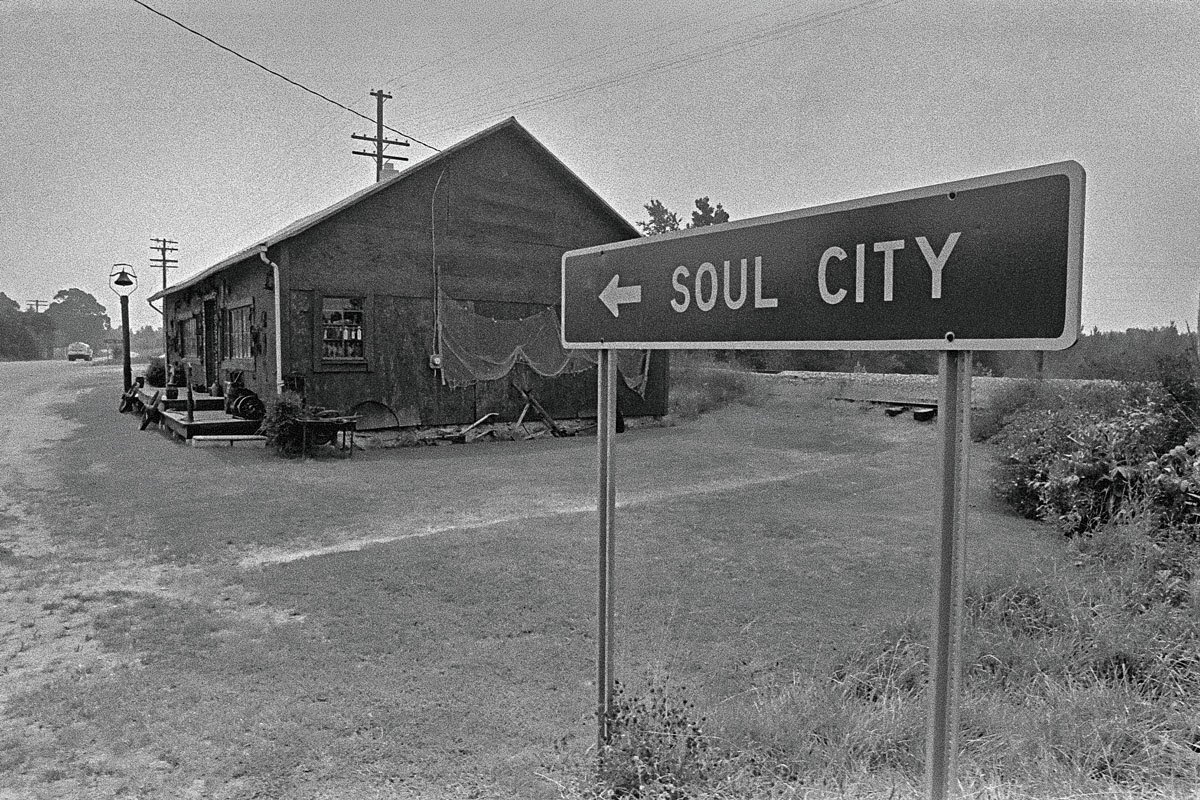
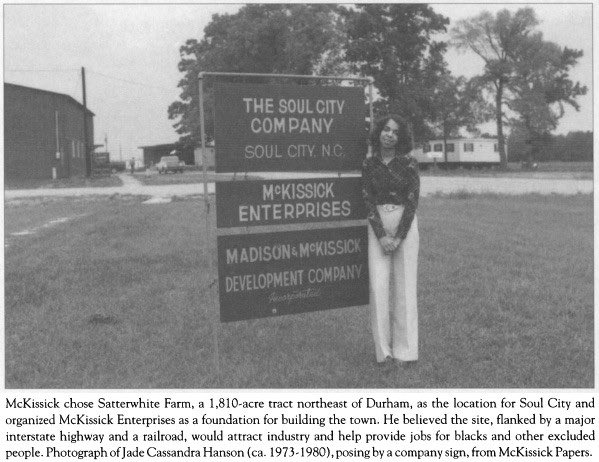
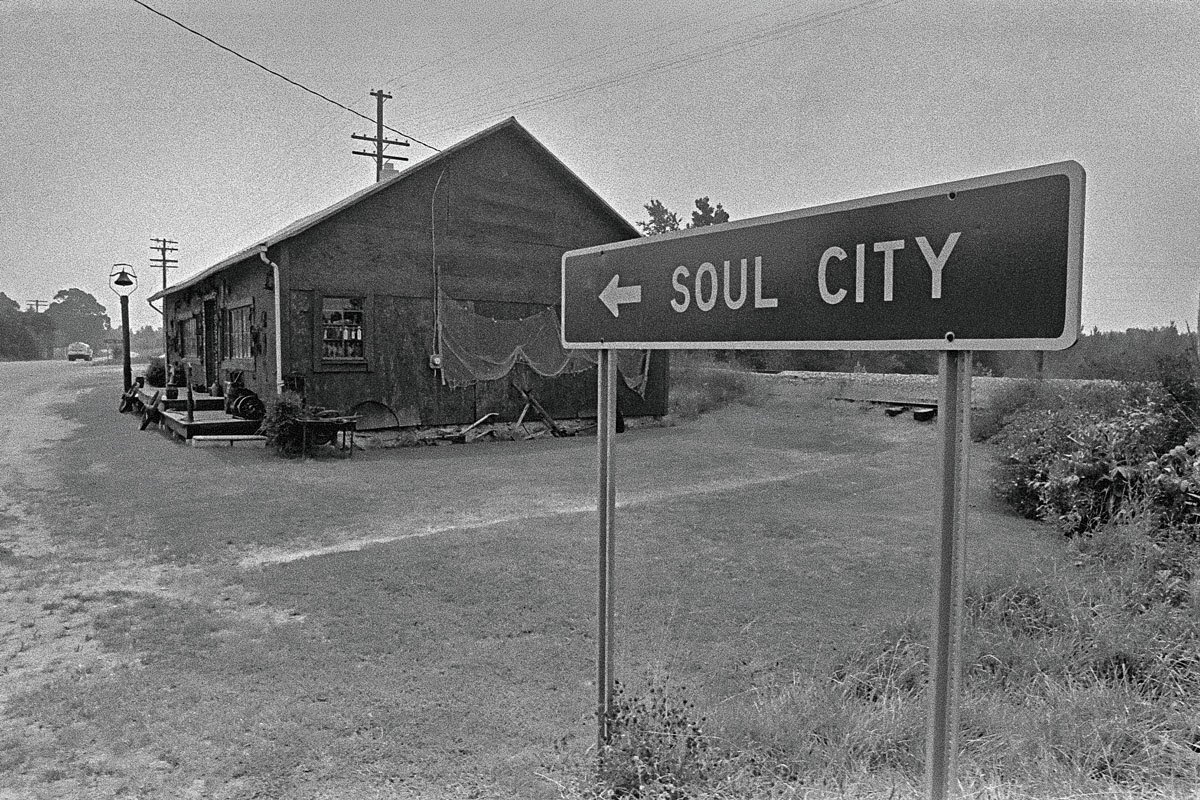
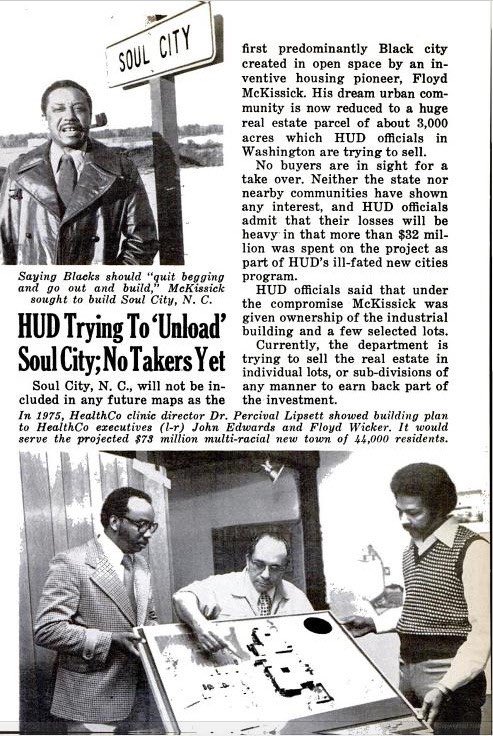
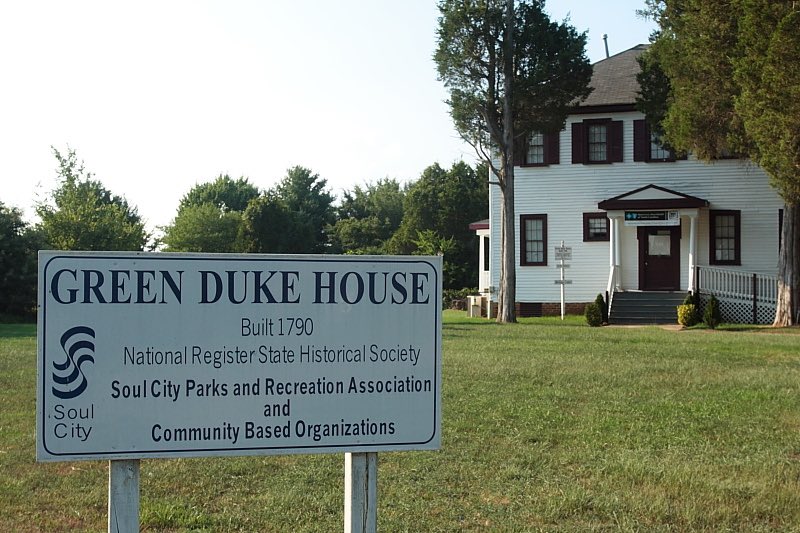 here’s a fucked quote: “The same able-bodied, young African American men whom McKissick had optimistically envisioned returning south to be gainfully employed in SC did return, but they did so, in the words of the state prisons director, as out of state inmates”" title="https://abs.twimg.com/emoji/v2/... draggable="false" alt="😰" title="Gesicht mit offenem Mund und Angstschweiß" aria-label="Emoji: Gesicht mit offenem Mund und Angstschweiß"> here’s a fucked quote: “The same able-bodied, young African American men whom McKissick had optimistically envisioned returning south to be gainfully employed in SC did return, but they did so, in the words of the state prisons director, as out of state inmates”" class="img-responsive" style="max-width:100%;"/>
here’s a fucked quote: “The same able-bodied, young African American men whom McKissick had optimistically envisioned returning south to be gainfully employed in SC did return, but they did so, in the words of the state prisons director, as out of state inmates”" title="https://abs.twimg.com/emoji/v2/... draggable="false" alt="😰" title="Gesicht mit offenem Mund und Angstschweiß" aria-label="Emoji: Gesicht mit offenem Mund und Angstschweiß"> here’s a fucked quote: “The same able-bodied, young African American men whom McKissick had optimistically envisioned returning south to be gainfully employed in SC did return, but they did so, in the words of the state prisons director, as out of state inmates”" class="img-responsive" style="max-width:100%;"/>


